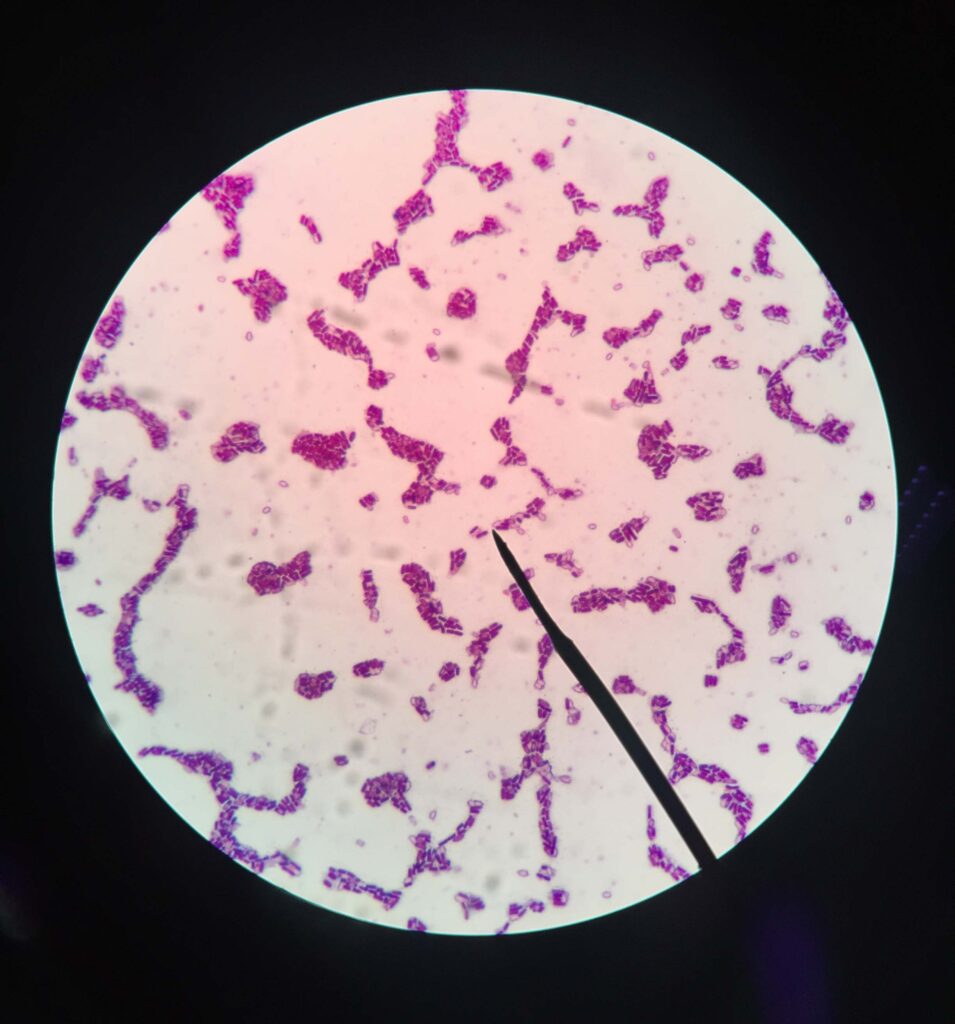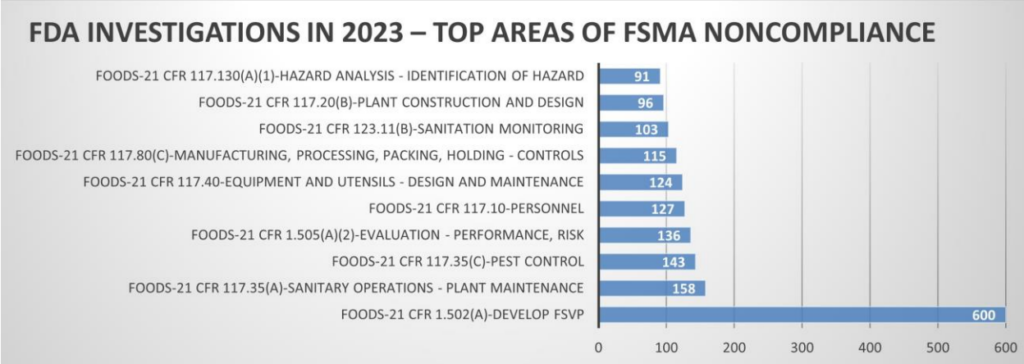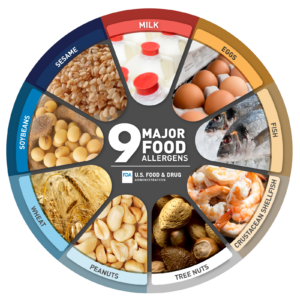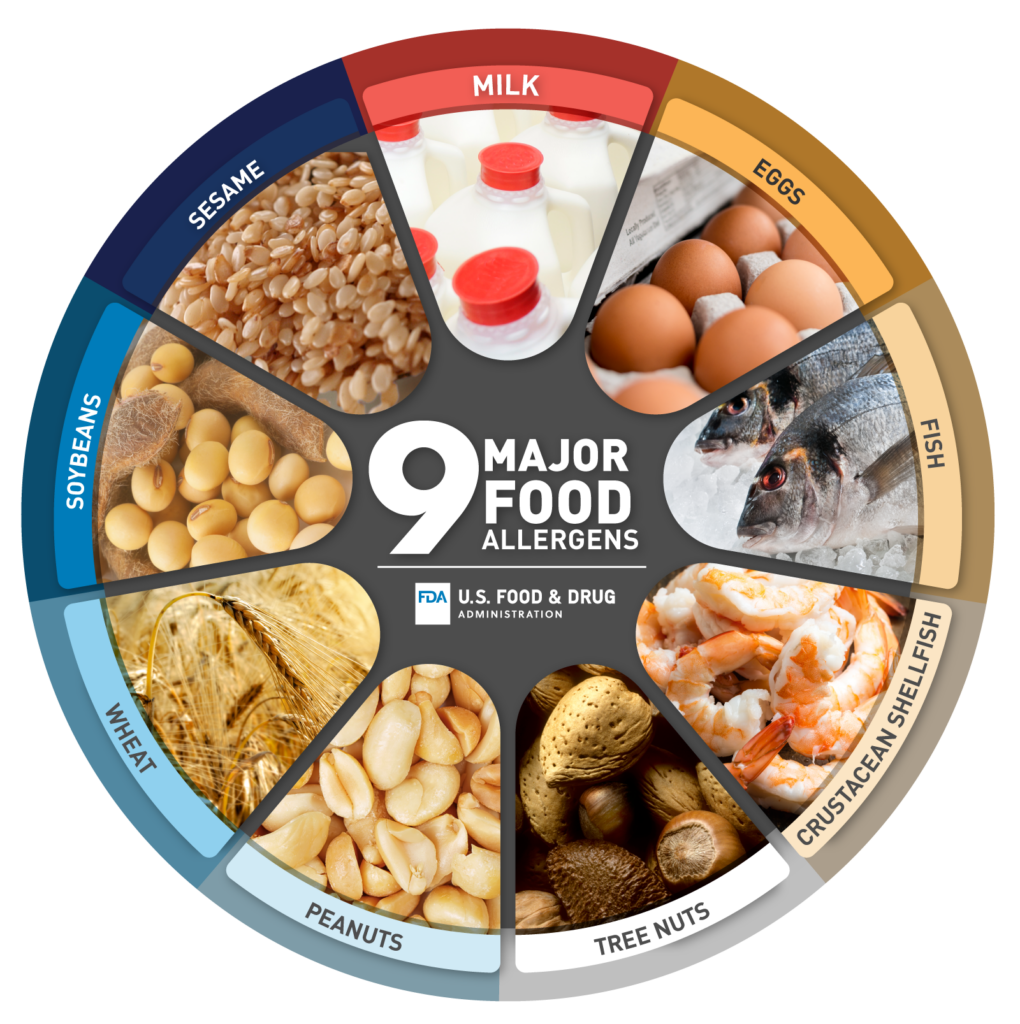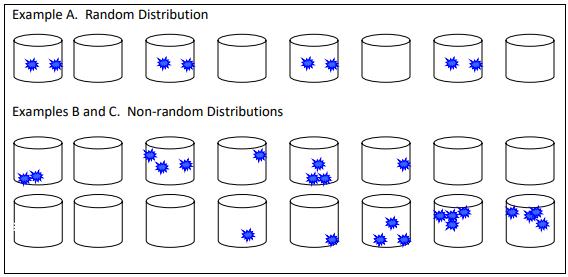The FDA published their annual Pesticide Residue Monitoring Program Report for Fiscal Year 2021 (FY 2021) on October 24, 2023.
The report summarizes findings from FDA testing of human and animal foods for approximately 750 different pesticides and selected industrial compounds from October 1, 2020, through September 30, 2021.
It is the legal responsibility of companies that produce and grow foods and manufacture products for food use sold in the U.S. to assure compliance with applicable Environmental Protection Agency (EPA) and FDA regulations.
The goal of the FDA’s pesticide residue monitoring program is to protect public health by assuring that pesticide tolerances, or maximum residue levels, set by the EPA are not exceeded in FDA-regulated foods shipped in interstate commerce and in foods imported into the U.S..
The FDA is responsible for enforcing pesticide tolerances. If the FDA finds that the amount of pesticide residue on a food is over the tolerance, or when a pesticide is found and there is no tolerance established, the FDA can take action. The findings of the 2021 monitoring program show that the levels of pesticide chemical residues measured by FDA in the U.S. food supply are generally in compliance with EPA pesticide tolerances.
Link: 2021 Report (PDF: 572 KB)
FDA selectively monitors a broad range of domestic and import commodities for residues of approximately 750 different pesticides and selected industrial compounds. FDA may also carry out focused sampling surveys for specific commodities or selected pesticides of special interest. In addition, FDA monitors the levels of pesticide chemical residues in foods prepared for consumption in its Total Diet Study (TDS), an ongoing program that monitors contaminants and nutrients in the average U.S. diet.
As with FY 2020, sample collection and analysis in FY 2021 was significantly impacted by the COVID-19 pandemic. Approximately 68% fewer human food samples and 78% fewer animal food samples were collected in FY 2021 compared with FY 2019, the most recent year not impacted by the global pandemic. Sample collection and analysis increased in FY 2022.
Overall Findings
Human Food Samples: 1,367 total samples (300 domestic food samples from 26 states and 1,067 imported food samples from 66 countries/economies).
- 96.7% of domestic samples and 89.3% of imported samples were compliant with federal regulations (below EPA tolerances).
- No pesticide chemical residues were detected in 35.0% of domestic samples and 44.5% of imported samples.
Animal Food Samples: 80 total samples (16 domestic food samples from 5 states and 64 imported samples
from 7 countries).
- 100% of domestic samples and 98.4% of imported samples were compliant with federal
regulations (below EPA tolerances). - No pesticide chemical residues were detected in 37.5% of domestic samples and 40.6% of
imported samples.
Due to the low sample numbers, only limited conclusions can be drawn from the results. However, the violation rates for both human and animal food samples in FY 2021 were similar to recent years.



